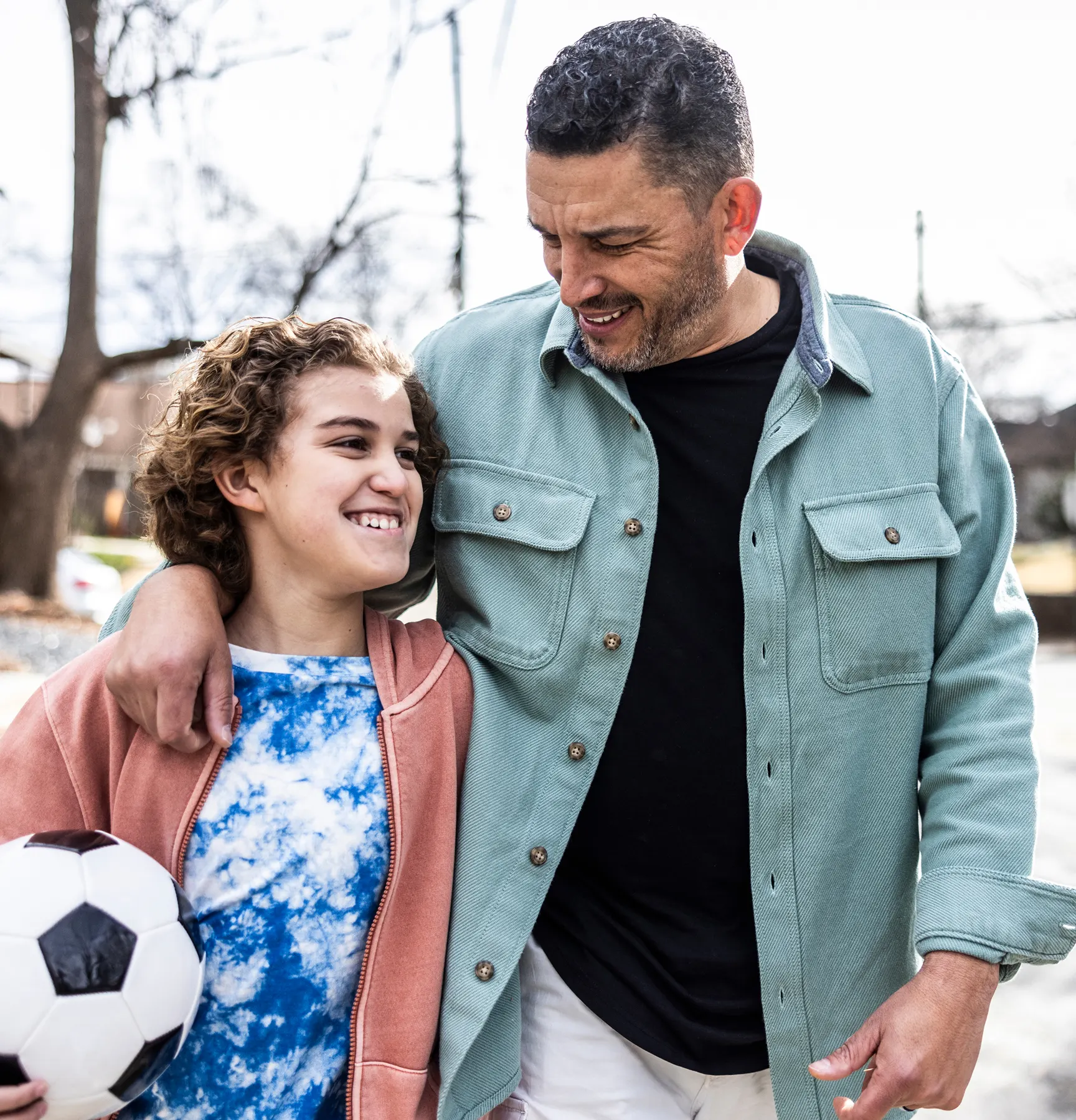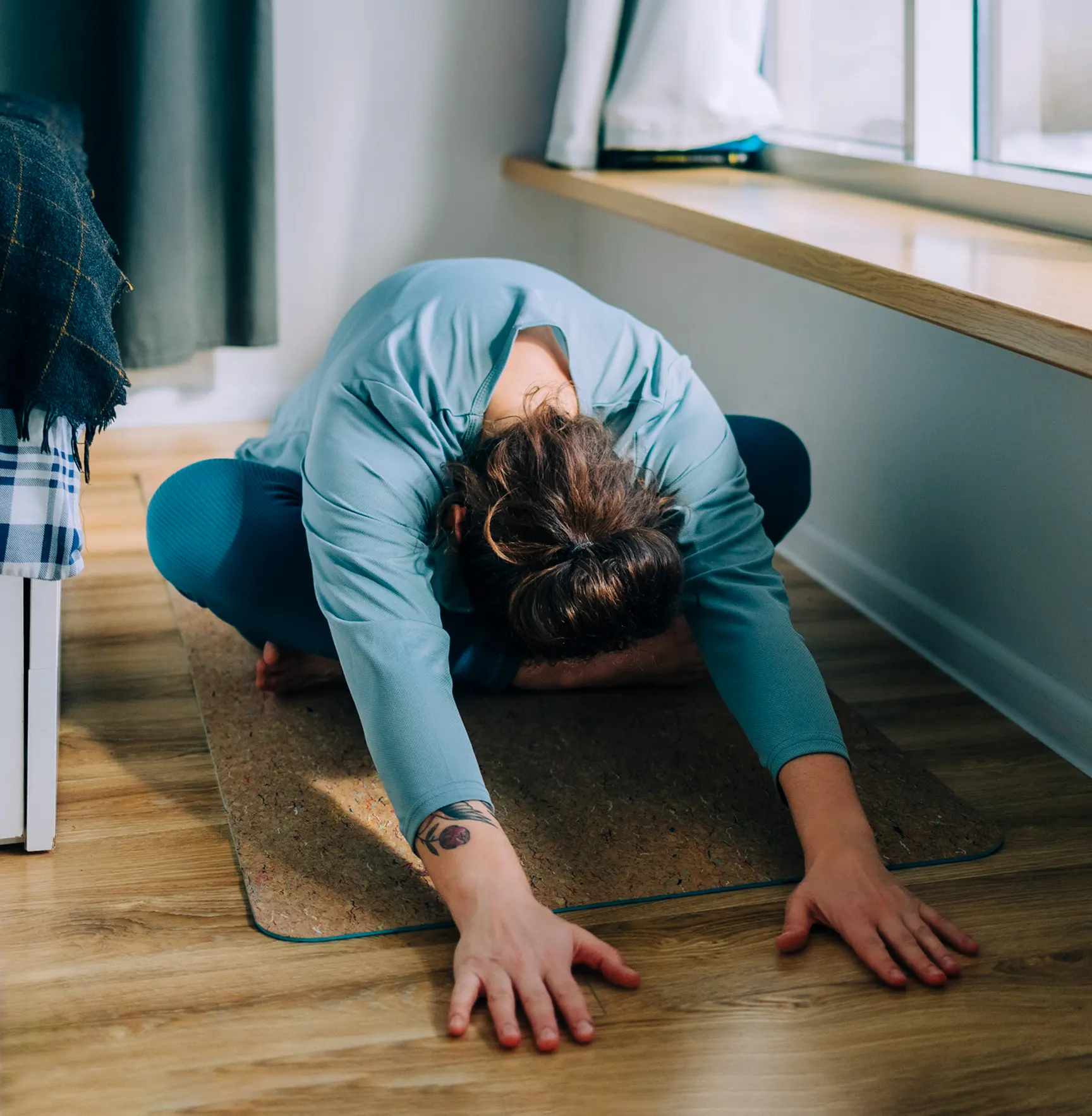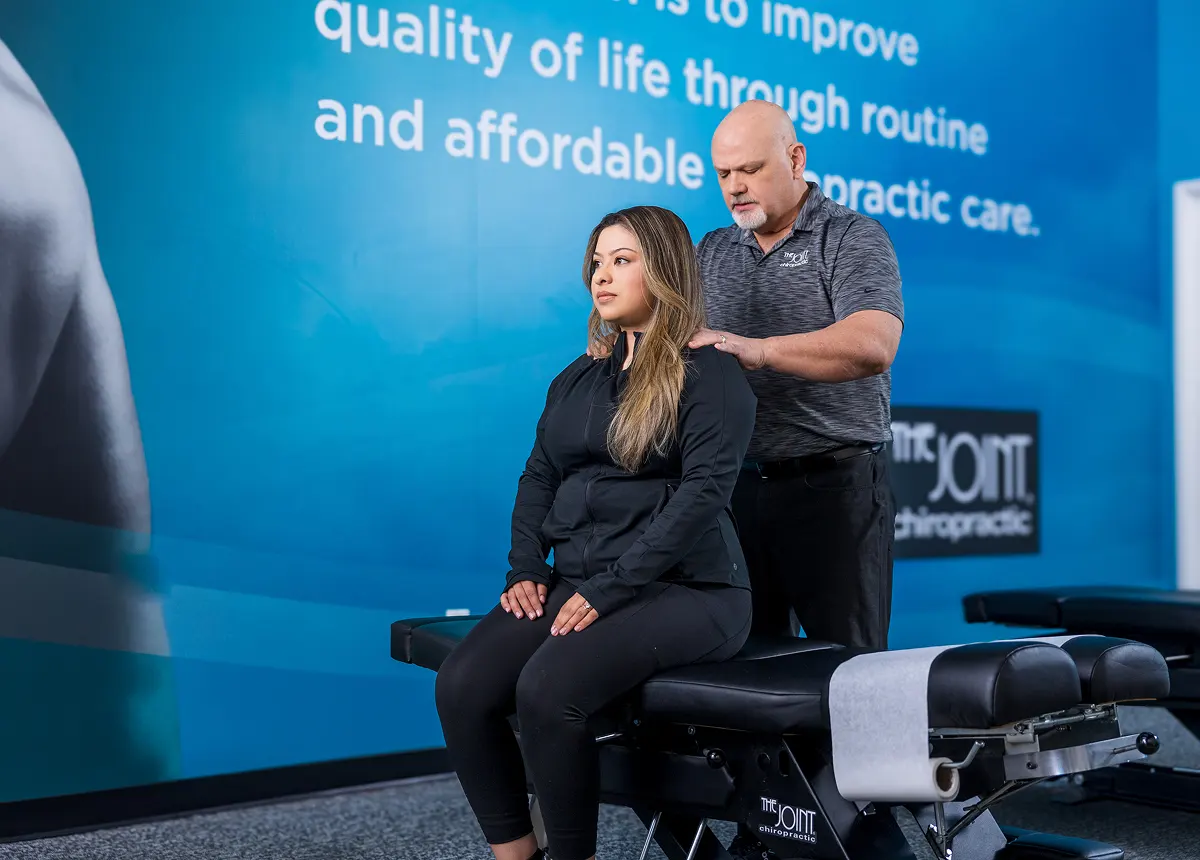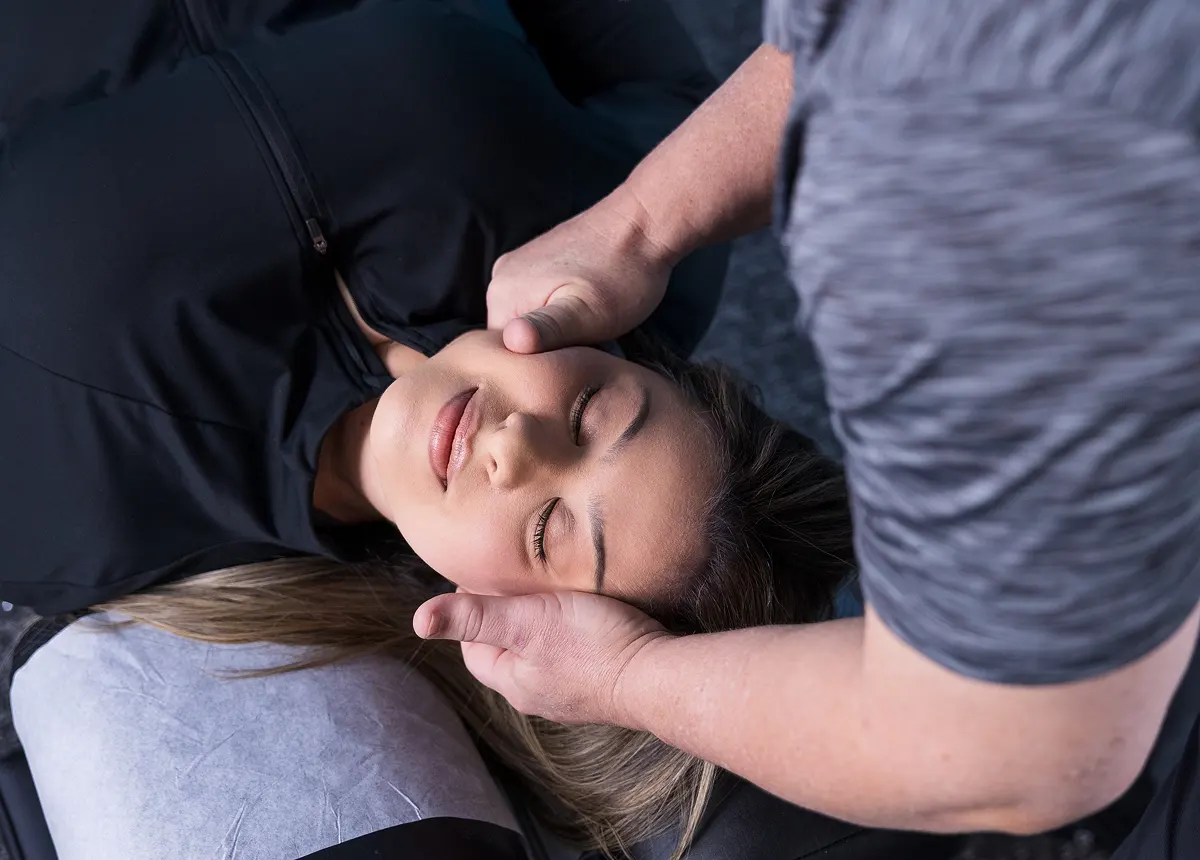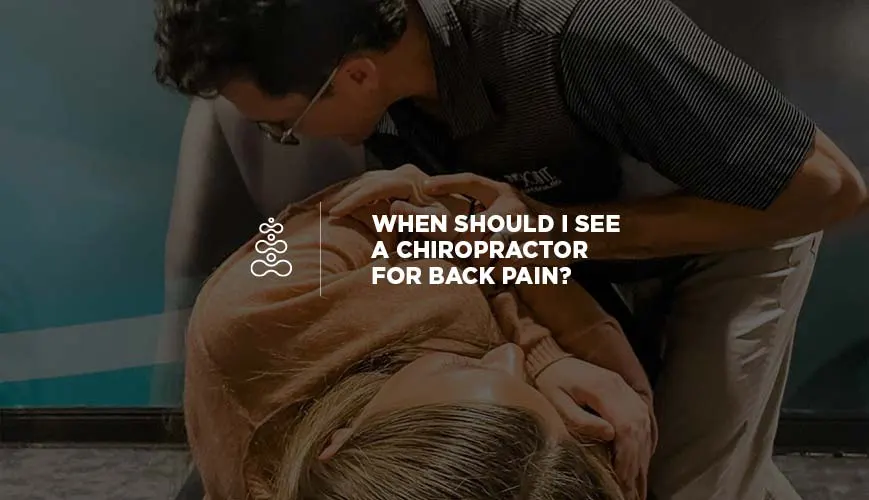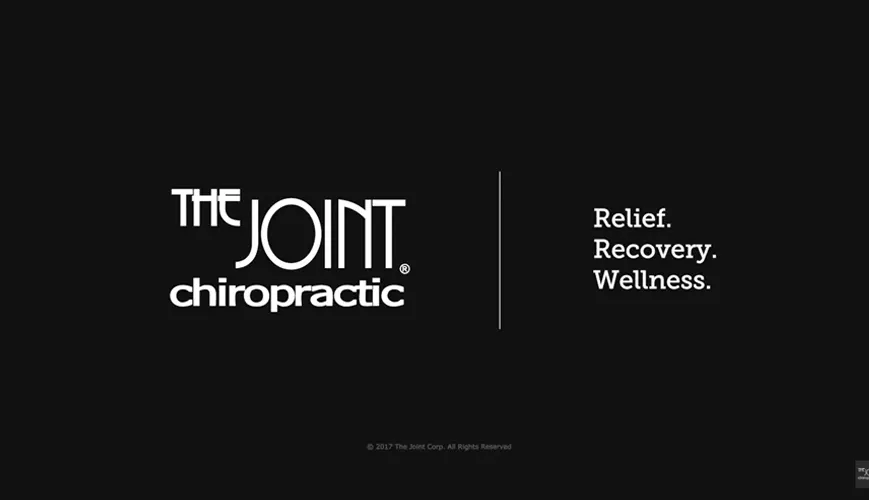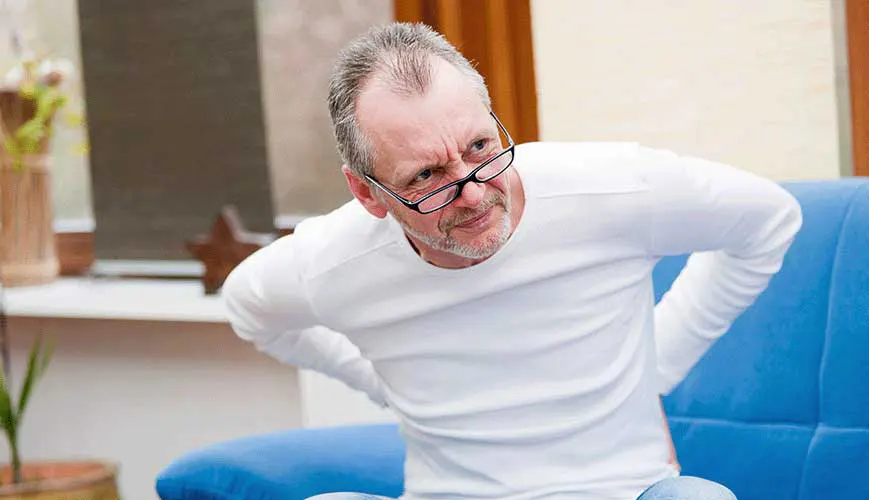1 Negrini, S., Donzelli, S., Aulisa, A. G., Czaprowski, D., Schreiber, S., de Mauroy, J. C., Diers, H., Grivas, T. B., Knott, P., Kotwicki, T., Lebel, A., Marti, C., Maruyama, T., O’Brien, J., Price, N., Parent, E., Rigo, M., Romano, M., Stikeleather, L., Wynne, J., Zaina, F. (2018). 2016 SOSORT guidelines: Orthopaedic and rehabilitation treatment of idiopathic scoliosis during growth. Scoliosis and Spinal Disorders, 13(1). https://doi.org/10.1186/s13013-017-0145-8
2 Petrosyan, E., Fares, J., Ahuja, C. S., Lesniak, M. S., Koski, T. R., Dahdaleh, N. S., & El Tecle, N. E. (2024). Genetics and pathogenesis of scoliosis. North American Spine Society Journal (NASSJ), 20, 100556. https://doi.org/10.1016/j.xnsj.2024.100556
3 Dunn, J., Henrikson, N. B., Morrison, C. C., Blasi, P. R., Nguyen, M., & Lin, J. S. (2018). Introduction to Screening for Adolescent Idiopathic Scoliosis: A Systematic Evidence Review for the U.S. Preventive Services Task Force. www.ncbi.nlm.nih.gov. https://www.ncbi.nlm.nih.gov/books/NBK493369/
4 UTHealth Houston Neurosciences. (2024). Scoliosis. https://med.uth.edu/neurosciences/conditions-and-treatments/spine-disorders-and-back-pain/scoliosis








